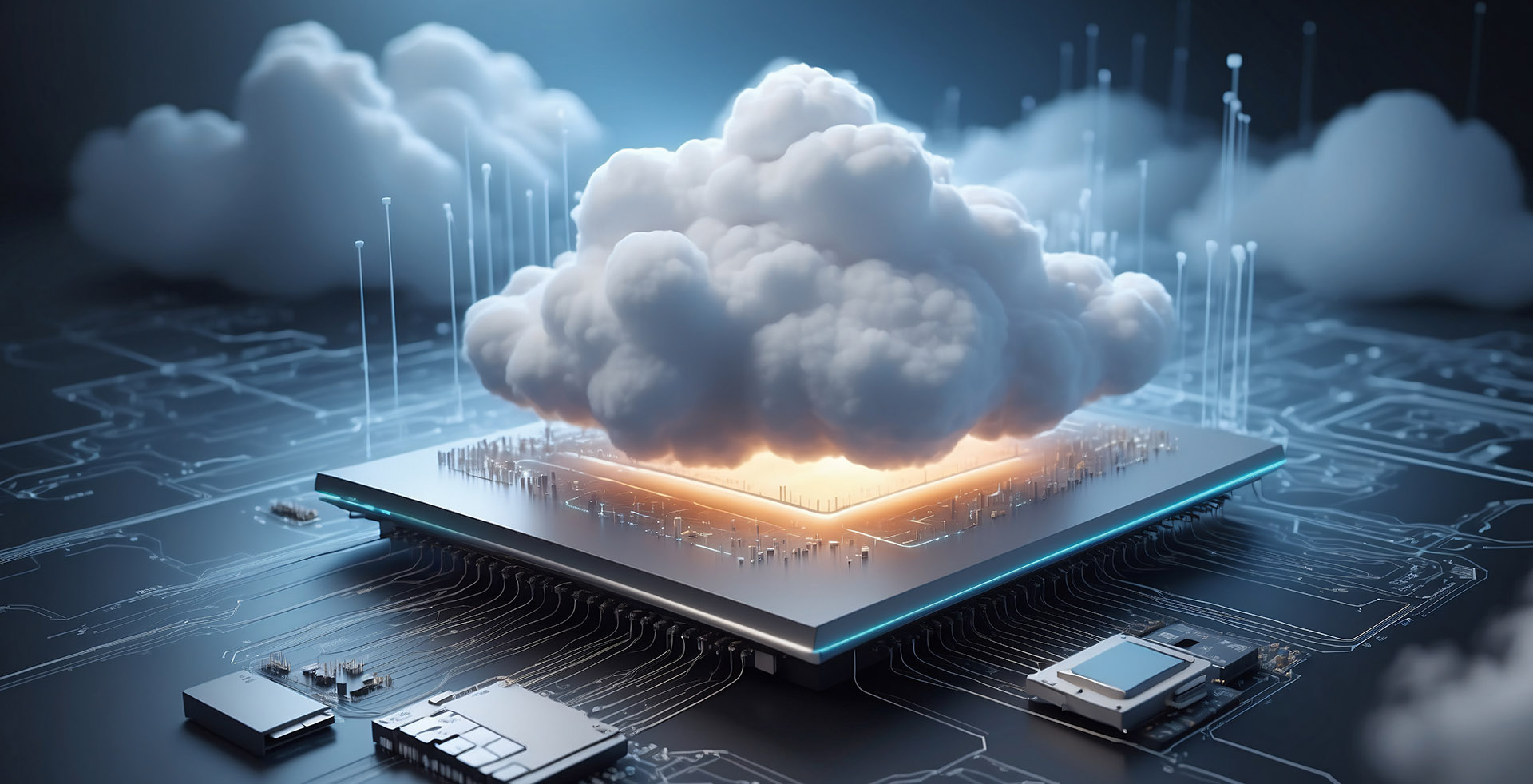Discover how edge technology and serverless models are driving faster, scalable, and more cost-efficient web applications in 2025.
The Shift Toward a Decentralized Web
The internet’s evolution has always been defined by speed, scalability, and user experience. In 2025, two transformative technologies, Edge Computing and Serverless Architecture, are converging to redefine how modern web applications are built and deployed. Together, they’re decentralizing the web, moving data and computation closer to users, and enabling businesses to deliver seamless digital experiences in real time.
What Is Edge Computing?
Edge computing is all about processing data closer to where it’s generated, on devices, sensors, or local servers, rather than relying solely on centralized cloud data centers. By reducing the distance data travels, edge computing minimizes latency, enhances reliability, and optimizes bandwidth usage. For applications that require instant responsiveness, like IoT systems, streaming services, and online gaming, edge computing isn’t just an upgrade; it’s a necessity.
Understanding Serverless Architecture
Serverless computing allows developers to build and run applications without managing infrastructure. Instead of provisioning and maintaining servers, developers simply deploy functions or microservices that scale automatically based on demand. With platforms like AWS Lambda, Google Cloud Functions, and Azure Functions, businesses only pay for the exact compute time used, resulting in lower operational costs and faster development cycles.
The Power of Integration: Edge Meets Serverless
When edge computing and serverless architecture work together, they create a hyper-efficient ecosystem that enables:
Faster Response Times: Functions execute closer to users, drastically reducing latency.
Scalable Performance: Automatic scaling ensures applications handle varying loads effortlessly.
Enhanced Security: Data processed locally at the edge minimizes exposure during transmission.
Reduced Costs: Pay-as-you-go serverless models eliminate the need for idle resources.
This integration is driving the next generation of intelligent, responsive, and sustainable web applications, ideal for sectors like fintech, healthcare, retail, and logistics.
Use Cases Defining 2025
Smart Cities: Real-time data processing for traffic management, waste monitoring, and public safety.
E-Commerce: Edge-enabled personalization delivers dynamic content with millisecond precision.
Healthcare: Serverless edge models power remote diagnostics and patient monitoring.
Media & Entertainment: Low-latency streaming and content delivery enhance viewer experiences.
As businesses continue to demand faster, more scalable solutions, edge-serverless hybrids are quickly becoming the default architecture for innovation-driven industries.
Challenges and Considerations
Despite the promise, implementing edge and serverless systems isn’t without challenges. Developers must navigate data consistency, security compliance, and deployment complexity across distributed environments. However, advancements in container orchestration, observability tools, and multi-cloud strategies are rapidly closing these gaps.
The Road Ahead
The fusion of edge computing and serverless architecture represents more than a technical upgrade, it’s a paradigm shift in how we think about the web. By bringing compute closer to users and automating scalability, these models are setting new standards for speed, efficiency, and user-centric design. As 2025 unfolds, companies that embrace this transformation early will lead the way in creating the next generation of digital experiences, faster, smarter, and built for a connected world.





In this article